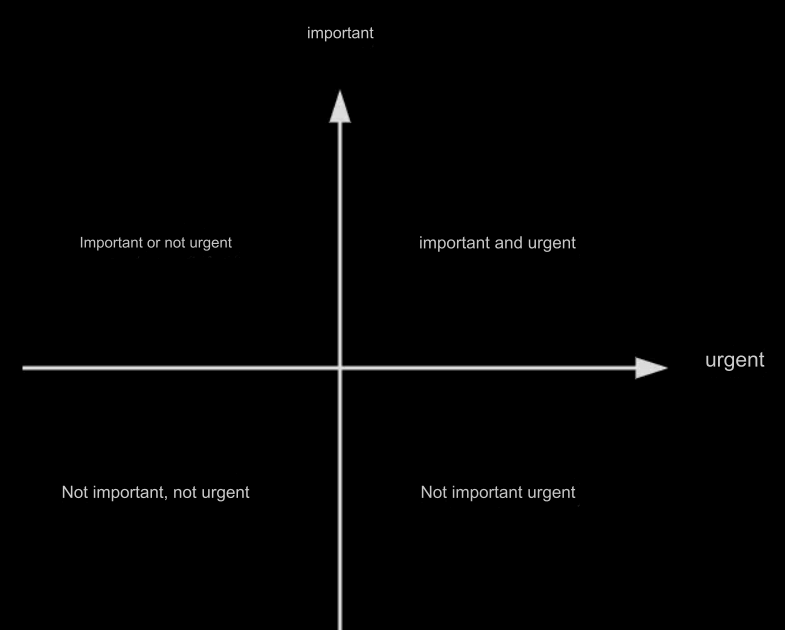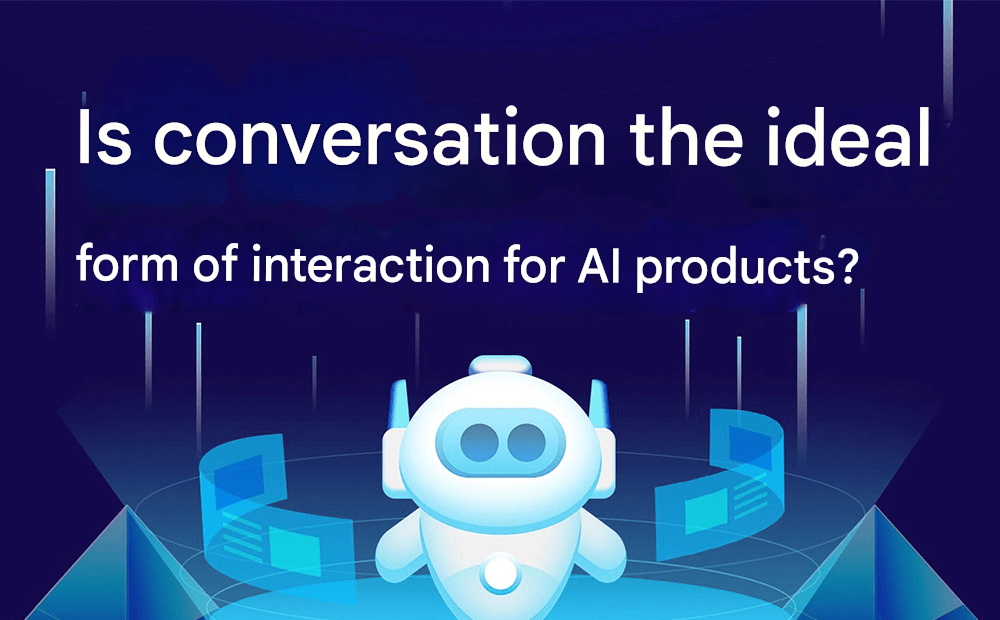Learn how to design and develop an AI product from the ground up. This comprehensive guide covers key steps including defining the product, setting metrics, collecting data, designing models, creating an MVP, and building a growth loop for long-term success.
With the continuous advancement of AI technology, we see an increasing number of successful AI products being developed, effectively improving people's lives and work. Against this backdrop, designing AI products is becoming a vital and highly sought-after skill.
As a product designer at an AI startup, I have grown alongside my company over the past few years, participating in the development and leading the design of several AI products. In this article, I’ll share my insights on how an AI product manager can build an AI product from scratch.

1. Define the Product
The first step in AI product design, like any other product, is to establish a clear business objective.
Ask yourself:
What problem does my product solve?
Why do I need AI technology to solve it?
What specific technologies might be used?
How will these technologies provide functionality that sets my product apart?
How will the product help the target user?
Ultimately, what value will the product deliver, and what does success look like?
Here are two critical tasks at this stage:
Develop a clear use case demonstrating that the product is important and valuable. Value could mean saving costs, reducing manpower, enhancing efficiency, generating revenue, or even bringing joy.
Identify the AI technologies needed. Clarify which functionalities and tasks within the product require AI implementation.
2. Set Metrics
Once you have a clear definition of the product’s features, the next step is to establish evaluation metrics. These metrics, designed early in development, will determine the product's eventual success.
It’s essential that these metrics reflect the product's actual value rather than performance alone. Metrics should be measurable and benchmarked.
For example, in a customer service chatbot, the success metric should reflect concrete outcomes like revenue increases or resource savings rather than the accuracy of response matching. You can compare data from before and after implementing the chatbot to assess its impact.
3. Collect Data
Data is crucial for AI products. It serves as the building blocks for training models.
When creating an AI product, consider:
What kind of data is needed?
Where will the data come from?
How will the data be collected?
Some data may need to be purchased, while much of it can be freely obtained through downloads or web scraping.
Key considerations for data collection:
Quality and Reliability: Data quality directly impacts product performance. Low-quality or biased data can lead to suboptimal results.
Legal and Security Risks: Some datasets may contain personal information, which, if mishandled, could result in serious legal consequences.
Data Labeling: Labeling is critical for AI products. This includes determining the size of the training dataset, balancing training and test datasets, categorizing data types, and detailing the labeling tasks.
4. Model Design
The AI model is the technical core of an AI product. While model design is typically the domain of technical developers, product developers must understand various ML models and AI algorithms. This ensures they can select or create effective models based on labeled data.
Options include:
Building a custom model.
Leveraging existing tools like AutoML.
Key steps in model design:
Choose an activation function.
Set training weights.
Select node types and structures based on task requirements.
The model’s performance must also be measured using metrics like accuracy, recall, F1 score, and confusion matrix. Testing should be conducted with separate training and testing datasets.
5. Build an MVP
Creating a Minimum Viable Product (MVP) is the essence of lean product development. Define your user profile and usage scenario, and build an MVP around the product’s core value. This stage includes prototyping, iterating, and preparing for launch.
If it’s a hardware product, create a 3D model or concept video.
For software, design a mockup UI and map out interaction flows.
Focus on demonstrating the product’s core value rather than overloading the MVP with unnecessary features. For example, in an intelligent job-matching system, start with a specific role and workflow rather than training a comprehensive general-purpose model.
Launch preparations include:
Choosing sales channels.
Establishing branding and promotional strategies.
Creating marketing assets such as a logo, packaging, videos, and a website.
6. Create a Growth Loop
The final step is to build a growth loop that ensures long-term development. This involves:
Analyzing user data.
Conducting A/B testing.
Monitoring model performance and updating it to maintain relevance and accuracy.
AI products, like all products, require a clear business strategy from the outset. Continuously improving performance and user experience involves expanding functionalities, setting growth metrics, and maintaining market presence.
Conclusion
Building an AI product doesn’t require expertise in cutting-edge AI technologies. Like any product, its goal is to serve users and solve problems. While model performance is important, the ultimate focus is on core value and practical applications.
AI product design is about turning imagination into reality—breaking down ideal solutions into manageable tasks, converting them into data-labeling objectives, and iteratively testing models to bring the vision to life.
Finally, like any product, AI products need a growth strategy and feedback loop to iterate and scale. By following these steps, you can successfully take an AI product from concept to completion.







